While radiators aren’t the most complex or expensive parts of your truck, replacing them won’t be a walk in the park. You might have to ask a professional to do that for you, and that will cost extra. The price of a brand-new unit is 100 US dollars give or take, and that’s without the mechanic’s labor fee. So, the biggest question here is – What can you do to take care of your radiator?
Maintenance is very important for any component of the cooling system. You need to make sure the hoses are intact, the coolant isn’t contaminated and constantly flush the liquids. That’s just a part of the maintenance routine. I know it can be a bit boring and time-consuming, but the results will be worth it. Let’s get into that right now!
What’s the Average Lifespan?
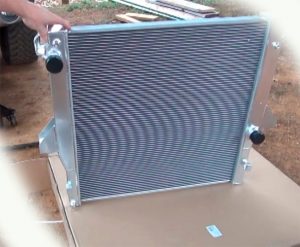
And if you invested in the Best Cummins Radiator and are taking proper care of it, the life expectancy will be 8-10 years, or even more. A quick note: if you don’t like to measure the span in years, you can expect a third-party radiator to last for up to 100-120K miles.
Radiator Maintenance
Alright, now that we know the average lifespan, it’s time to talk about the things you can do that will greatly increase life expectancy and save you money in the long run.
#1: Keep the Coolant Levels High
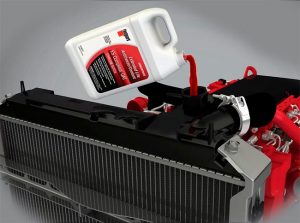
I do it once in early summer and then run another routine check in mid/late autumn. If you notice that the radiator is constantly low on coolant, even though you do fill it up regularly, there might be a problem with the hoses or the gaskets.
#2: Flush out the Liquids Regularly
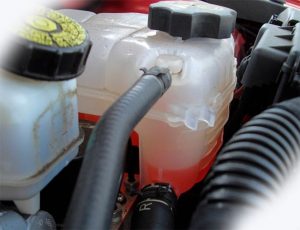
Having trouble finding it? Then contact your vehicle’s manufacturer and ask them to provide guidance. Flushing the coolant allows you to get rid of tiny metallic parts, rust, deposits, and everything else that builds over time and prevents the coolant from flowing properly. That, in turn, can also lead to engine failure due to overheating.
#3: Keep an Eye on the Engine’s Temperature
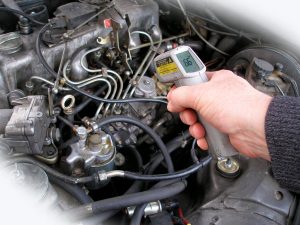
If the answer is yes to both questions, I highly recommend running a thorough inspection. Drip stains under the truck/SUV are also a sign of a malfunctioning radiator.
Common Radiator Issues
And here’s a list of the most common problems that modern-day drivers have to deal with. The rule of thumb here is simple: the sooner you fix these issues, the longer the radiator will serve you. Sometimes, it’s pretty hard to notice that something’s wrong with the radiator, though, which is why you need to always perform regular checks.
#1: Leakage
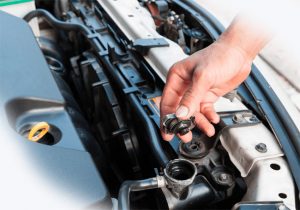
Plus, a brand-new component won’t leave your wallet empty. Don’t postpone this, though: have whatever’s malfunctioning replaced as soon as possible to avoid costly repairs later.
#2: A Rusty Coolant
We already talked about the importance of performing regular flushing of the antifreeze to ensure the Cummins radiator is working the way it should. Rust is the biggest enemy of any cooling system, as it dramatically reduces its efficiency, “choking” the ducts and causing the engine to work under pressure and at extremely high temperatures. So, it’s critical that you flush the system thoroughly and don’t leave any residue/buildup.
Because if you do, even the most expensive and fresh coolant will get rusty and clogged in no time.
#3: Hose Problems
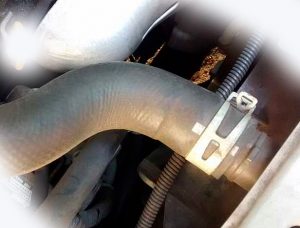
The average lifespan of decent-quality hoses is five-six years or 60-70K miles. Obviously, if you notice any leaks, they should be replaced immediately.
#4: Issues with the Thermostat
Did you know that it’s the thermostat that regulates the flow of the coolant? That’s right, and if it’s malfunctioning, you’ll end up with less-than-ideal cooling for the engine. The easiest and most effective way to check this is to manually inspect the hoses. If the upper hose is way too hot, while the lower one is operating at a regular temperature, that means the thermostat needs to be replaced. Otherwise, the engine will overheat.


Add Comment